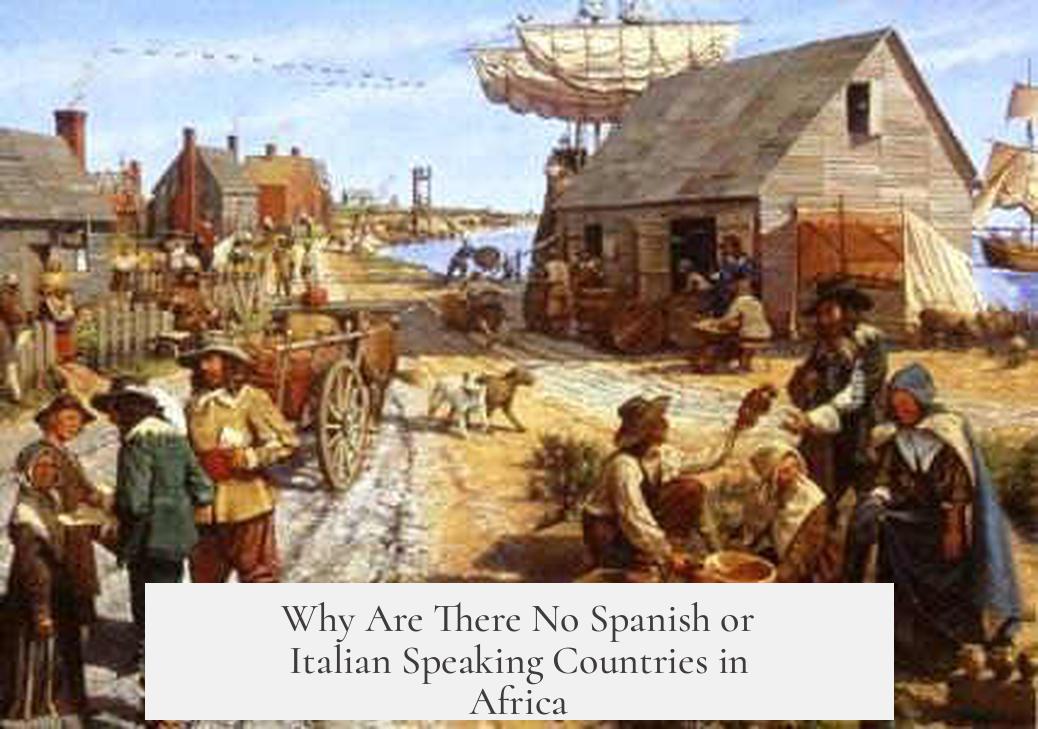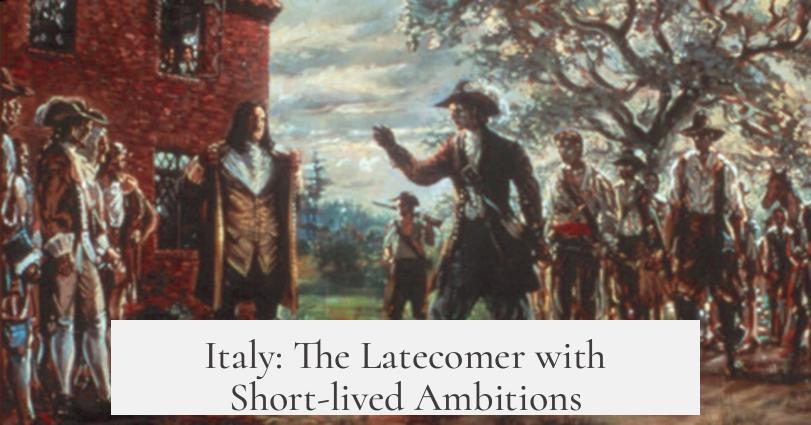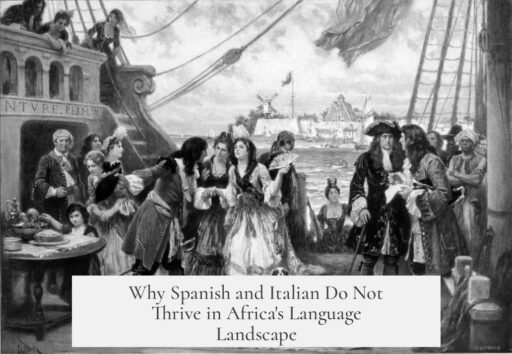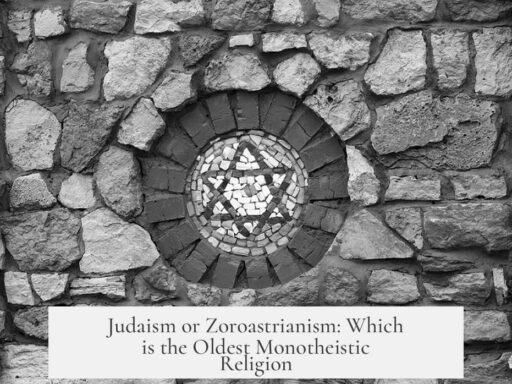There is indeed a Spanish-speaking country in Africa—Equatorial Guinea—but no predominantly Italian-speaking countries exist on the continent. This situation results from historical colonial patterns, treaties, and the timing of imperial expansion.
The main Spanish-speaking African nation is Equatorial Guinea. Formerly known as Spanish Guinea, it was a Spanish colony until its independence in 1968. Today, about 90% of its population speaks Spanish. Despite French and Portuguese also holding official language status, Spanish remains dominant due to the colonial legacy.
Another Spanish-influenced territory is Western Sahara. Spain controlled it as Spanish Sahara until 1975. After Spain withdrew, Morocco and Mauritania invaded, leading to ongoing territorial disputes. The Saharawi Arab Democratic Republic (SADR) was declared by the Polisario Front in 1976. Arabic is official, but Spanish is recognized as a secondary language. It helps maintain cultural linkage to the Spanish colonial past and differentiates the Saharawi identity from neighboring Morocco.
Spain’s limited colonial footprint in Africa is linked to the 1494 Treaty of Tordesillas with Portugal. This agreement split colonial ambitions: Spain gained territories west of the demarcation line, focused mainly on the Americas. Portugal received the eastern territories, including parts of Africa. Consequently, Spain largely avoided African colonization, concentrating on its American empire.
Despite this, Spain maintained strategic interests in North Africa, preserving enclaves like Ceuta and Melilla. These holdover possessions reflect continued Spanish presence on the African continent but did not lead to broader language or cultural influence like in Equatorial Guinea.
Italy’s limited linguistic presence in Africa mirrors its brief and less expansive colonial involvement. Italy unified as a nation in 1871, late compared to other powers, focusing initially on consolidating its peninsula. This delay weakened Italy’s position in the “Scramble for Africa” during the late 19th century.
Italian colonization centered on the Horn of Africa. Italy acquired Eritrea and Somaliland in the 1880s. It unsuccessfully attempted to conquer Ethiopia but did manage brief control over Libya from 1912. Later, Italy conquered Ethiopia in 1937. These territories were lost during and after World War II, so Italy’s colonial rule was relatively short-lived.
Italian language influence persists faintly mainly in Eritrea due to Italy’s longer colonial presence and settler population, especially around Asmara. British occupation after 1941 led to the deportation of Italian settlers and decline in Italian usage. Eritrea’s federation with Ethiopia and eventual independence further diminished Italian impact. Today, Italian is not an official or dominant language in any African country.
Therefore, the absence of Spanish or Italian-speaking countries in Africa, aside from Equatorial Guinea, stems largely from:
- Spain’s Treaty of Tordesillas agreement limiting African colonial expansion
- Spain’s focus on the Americas rather than African territories
- Italy’s late unification and late entry into colonialism
- Italy’s limited and short-lived colonies in the Horn of Africa
- Loss of Italian colonies after World War II, curtailing lasting linguistic legacies
Key takeaways:
- Equatorial Guinea is the main Spanish-speaking country in Africa, due to its Spanish colonial history.
- Western Sahara maintains Spanish as a secondary language linked to its former Spanish control.
- The Treaty of Tordesillas redirected Spanish empire-building to the Americas, limiting African colonies.
- Italy’s late unification delayed its colonial ambitions, resulting in small, short-lived African possessions.
- The Italian language did not take hold in Africa, with only minor lasting influence in Eritrea.
Why Are There No Spanish or Italian Speaking Countries in Africa?

The short and direct answer: Spanish and Italian colonial footprints in Africa were minimal, short-lived, or strategically limited, so neither language took hold widely on the continent in the way French, English, or Portuguese did. But let’s unwrap that tidbit with some historical flavor and surprising details.
First off, here’s an eye-opener: there actually is a Spanish-speaking country in Africa — Equatorial Guinea. It’s the tiny pearl of Spanish colonial legacy on African soil. And as for Italian, well, their colonial time in Africa was a brief cameo compared to other European powers. Let’s start with Spain.
Equatorial Guinea: The Silent Spanish Speaker of Africa
Equatorial Guinea often flies under the radar in many people’s Africa knowledge. Formerly Spanish Guinea, this country gained independence in 1968 but retained Spanish as an official language alongside French and Portuguese. Interestingly, about 90% of its population speaks Spanish. This makes Equatorial Guinea the only African nation where Spanish holds that strong of a position.
How did that happen? A little-known treaty called the Treaty of El Pardo in 1778 played a role. Spain exchanged some colonial concessions with Portugal, snagging Spanish Guinea (modern Equatorial Guinea) as its first African colony—a territory it held until independence.
So, while Spain’s African colonial legacy is compact, its linguistic heritage survives vibrantly in Equatorial Guinea.
Western Sahara: The Spanish Linguistic Echo
If Equatorial Guinea is the star Spanish-speaking country, Western Sahara whispers the language’s presence. Spain controlled this territory, known historically as Spanish Sahara, until 1975. After Franco’s death, Spain withdrew, and Morocco and Mauritania quickly moved in.
Today, Western Sahara’s political status is disputed. The Saharawi Arab Democratic Republic (SADR), declared in 1976 by the Polisario Front, acknowledges Arabic as its official language but recognizes Spanish as the second language. Why? It’s a strategic cultural tool to highlight Western Sahara’s Spanish colonial legacy, distinguishing itself from neighboring Morocco, a former French colony.
Though Spanish isn’t dominant here, this linguistic thread remains a unique colonial fingerprint in Africa.
Why Didn’t Spain Colonize More of Africa?
The core of the answer lies in a 15th-century agreement between Spain and Portugal — the Treaty of Tordesillas (1494). This treaty sliced up the world for colonization along an invisible line at roughly 45 degrees west longitude.
Spain claimed the West (most of the Americas), while Portugal took the East, which included Africa. This arrangement effectively steered Spain away from serious African colonial ventures. Spain’s energy was channeled into its immensely lucrative American empire.
Despite this, Spain did maintain some strategic interests in North Africa, evident today by its control over enclaves like Ceuta and Melilla on the continent’s northern coast. But these were exceptions rather than the rule.
Italy: The Latecomer with Short-lived Ambitions

Italy’s colonial story in Africa also explains the scarcity of Italian-speaking nations on the continent.
Italy unified late, in 1871, at a time when the scramble for Africa was well underway. Before unification, Italy was focused on consolidating its own peninsula. This late start made Italy a minor player compared to Britain, France, and Portugal.
Italy’s colonial ventures included small, mostly coastal territories: Eritrea and Somaliland in the Horn of Africa. They attempted to crush Ethiopia militarily but were resisted until a brief occupation in the 1930s. Italy also took Libya from the Ottoman Empire in 1912.
Despite these holdings, Italian rule was relatively brief. After World War II, Italy lost its African colonies. Eritrea was placed under British administration, which systematically expelled Italians, erasing much of the linguistic footprint. Eritrea eventually federated with Ethiopia, further diminishing Italian influence.
Hence, Italian never became a dominant African language because, simply put, Italy’s colonies were too few, too small, and too short-lived to embed the language deeply.
Comparing Colonial Impact on African Languages
It’s worth pondering how language spread geographically relates to colonial duration and depth of governance.
Spain and Italy fall short compared to Britain, France, and Portugal, which ruled vast territories for long periods. This colonial longevity allowed their languages to embed in African education, administration, and daily life, creating linguistic legacies that persist.
Meanwhile, Spain’s African presence boils down to one country plus a disputed territory, and Italy’s to a handful of short-lived colonies without sustained linguistic or cultural integration.
Practical Takeaways & Why It Matters
Understanding this history explains modern Africa’s linguistic map. It reveals how treaties, geopolitics, and timing shaped the continent’s postcolonial language landscape.
Equatorial Guinea today serves as an intriguing case study for Spanish language learners looking beyond the Americas. The presence of Spanish there challenges the common belief that Spanish is only an American or European language.
For Italian, the Horn of Africa offers a niche cultural and linguistic history worth exploring, though Italian is not a widespread lingua franca there anymore.
Would the world look different today if Spain or Italy had focused more on African colonies rather than other regions? Could Spanish or Italian be major African languages like French or English? These questions underscore how historical acts ripple into our present.
Final Thoughts
While it may seem odd that Spanish and Italian are almost absent from Africa’s linguistic map, the story is rooted firmly in history. Spain’s colonial agreements and strategic focus on the Americas limited its African ventures to a tiny corner with Equatorial Guinea standing as the lone testament. Italy’s late, brief, and fragmented colonialism failed to establish enduring linguistic foundations.
So next time you ponder why few African nations speak Spanish or Italian, remember it’s a tale of treaties, timing, and tenacity (or the lack thereof). And if you ever want to practice Spanish in Africa, Equatorial Guinea awaits, offering a little slice of Iberian culture deep in the continent’s heart.




